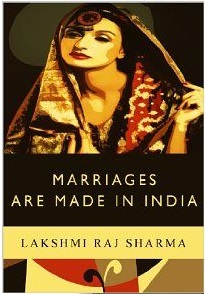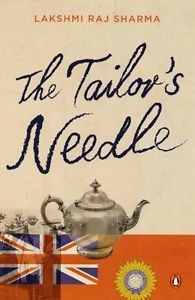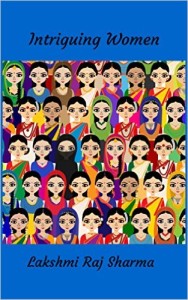


Characters in novels, short stories and other forms of fiction should never be mistaken for the people whose traits they sometimes reflect. It must be remembered that people are real; they are not fiction. Fiction is by definition not fact; people are a fact in that they are actually alive or were alive at a certain time.
When a fiction writer is creating a character, it is natural that some actual living people will lie behind their creation. But the author will take just one or two qualities from a known person and will probably take one or two from another. The rest may result from their imagination or detached observation of people, or life. A character in fiction is a sum of several parts and comes to life when the writer’s imagination has put together these parts in an artistic manner. These parts will normally belong to more than one living or dead person. To allege that a certain character is A or B is to reduce the complexity in the character’s artistic creation because no living person is just one or two traits of their personality.
At the time of writing, the writer begins to see a person and just narrates, describes or reflects upon what he see in that person while he is transferring his vision to a particular character.
Hence, a disclaimer like “All characters appearing in this work are fictitious. Any resemblance to persons, living or dead, is purely coincidental” is actually not required. Courts of Law should never take allegations of such a nature seriously unless the author has claimed or admitted that a particular character or characters has or have arisen out of impressions based on living or dead people the author has known.
- How Authors Can Sell More Books - April 11, 2018
- Pure Fiction - December 13, 2017
- I Think I Know - December 12, 2017

Comments